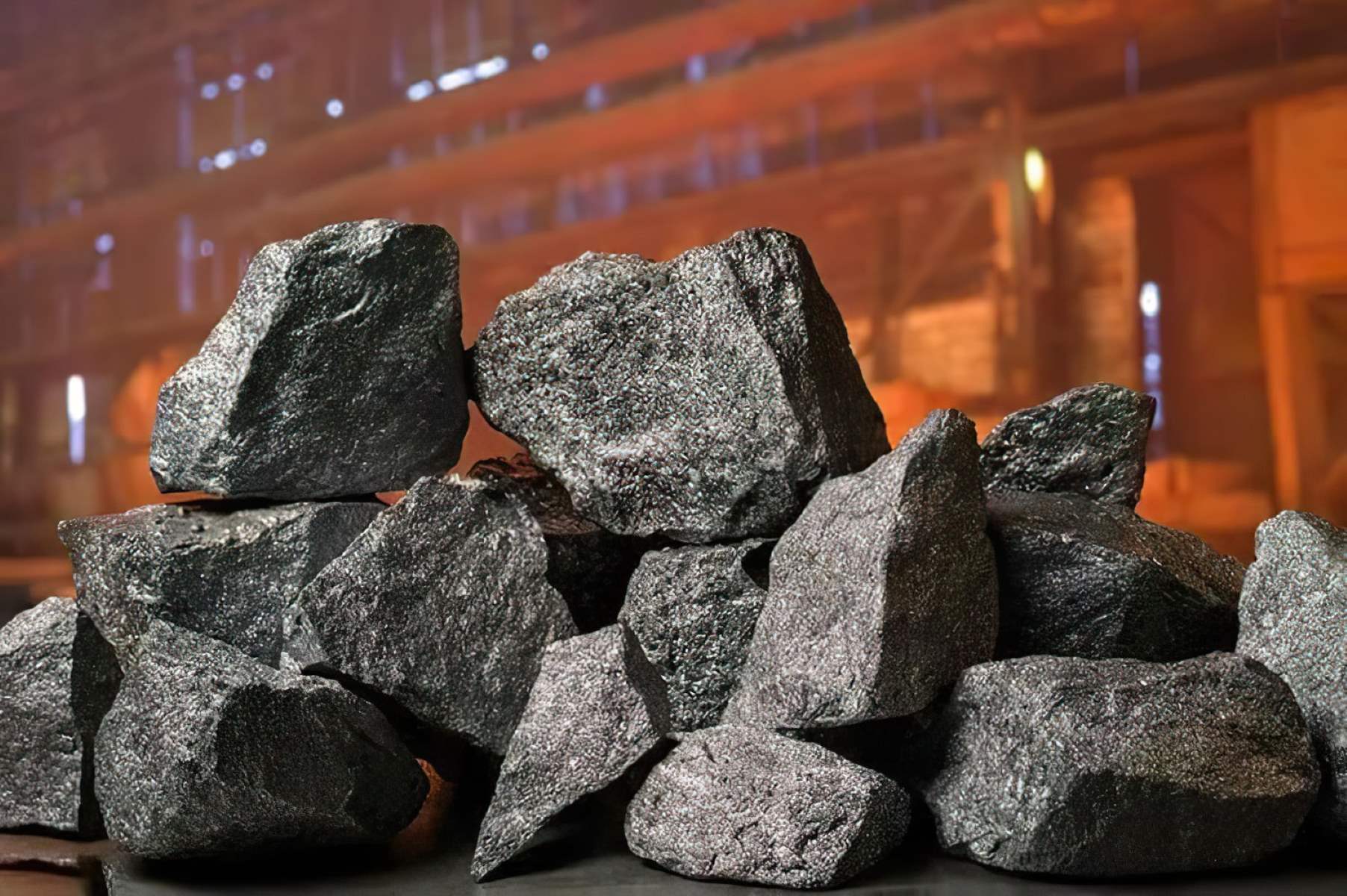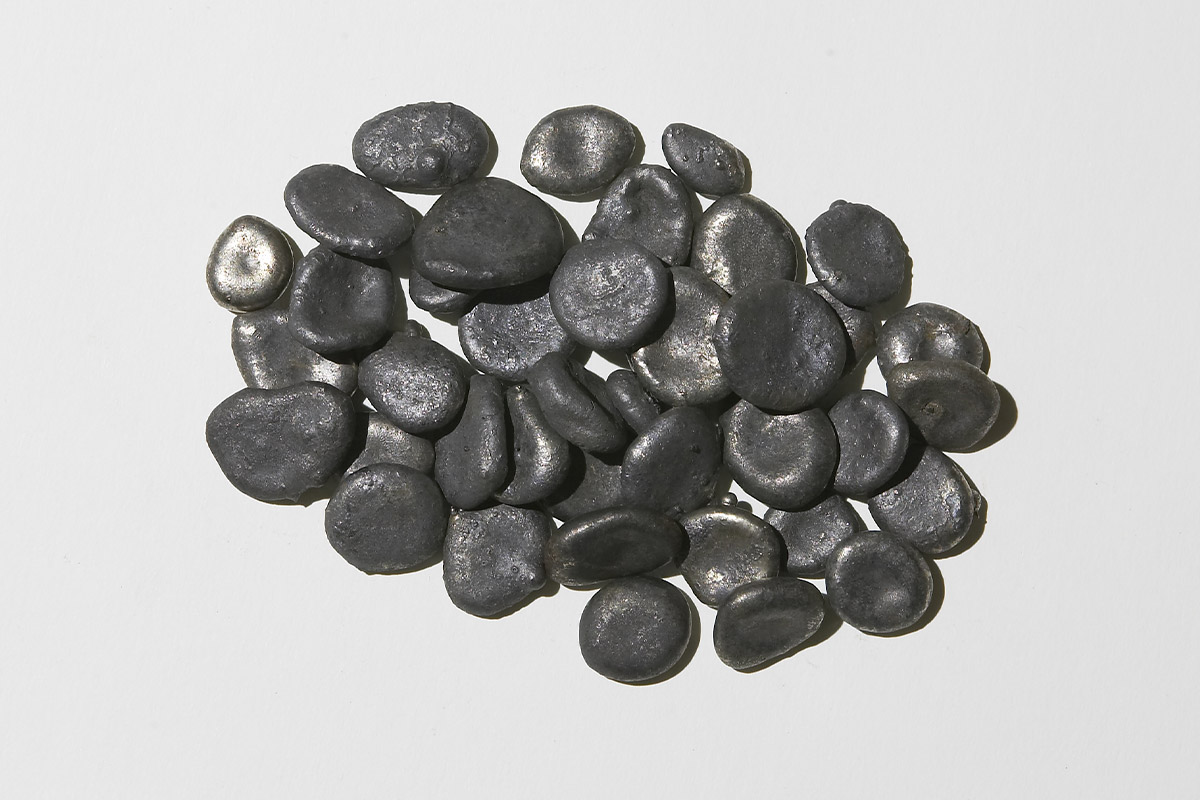
Ferroalloys play a crucial role in the steelmaking process, enhancing the properties of steel and making it more versatile. But what exactly are ferroalloys? Ferroalloys are alloys of iron with a high proportion of one or more other elements such as manganese, silicon, or chromium. These elements are added to molten iron to improve its strength, durability, and resistance to corrosion. Ferroalloys are essential in producing various types of steel, from construction beams to kitchen appliances. Understanding their importance can shed light on how everyday items are made stronger and more reliable. Ready to learn some intriguing facts about these unsung heroes of metallurgy? Let's dive in!
Key Takeaways:
- Ferroalloys are special metals that make steel stronger and more resistant. They're like secret ingredients that help create better and tougher steel for buildings, cars, and even spaceships!
- Making ferroalloys uses a lot of energy and can create waste, but scientists are working on ways to make them more eco-friendly. They're also exploring new types of ferroalloys for even better steel!
What Are Ferroalloys?
Ferroalloys are essential in steelmaking and other metallurgical processes. They are alloys of iron with a high proportion of one or more other elements such as manganese, silicon, or chromium. These alloys are crucial for adding specific properties to steel and other metals.
- Ferroalloys are used to improve the strength, durability, and resistance of steel.
- They are typically produced in electric arc furnaces.
- Common elements in ferroalloys include manganese, silicon, and chromium.
- The production of ferroalloys dates back to the late 19th century.
- They play a vital role in the deoxidation process during steelmaking.
Types of Ferroalloys
There are various types of ferroalloys, each serving a unique purpose in metallurgy. Understanding these types helps in grasping their specific applications and benefits.
- Ferromanganese is used to add manganese to steel, improving its hardness and strength.
- Ferrochrome is essential for producing stainless steel, providing corrosion resistance.
- Ferrosilicon acts as a deoxidizer and alloying element in steel production.
- Ferrovanadium increases the strength and wear resistance of steel.
- Ferroboron is used to improve the hardness and magnetic properties of steel.
Production Process
The production of ferroalloys involves several steps, each critical to ensuring the quality and properties of the final product.
- Raw materials like iron ore, coke, and limestone are used in ferroalloy production.
- The electric arc furnace is the primary equipment for producing ferroalloys.
- Smelting involves heating the raw materials to high temperatures to extract the desired elements.
- The process generates significant amounts of slag, a byproduct that must be managed.
- Energy consumption in ferroalloy production is high, making efficiency improvements crucial.
Applications in Steelmaking
Ferroalloys are indispensable in the steelmaking industry. They enhance various properties of steel, making it suitable for a wide range of applications.
- Deoxidation: Ferroalloys remove oxygen from molten steel, preventing defects.
- Alloying: They add specific elements to steel, tailoring its properties for different uses.
- Grain refinement: Certain ferroalloys help refine the grain structure of steel, improving its mechanical properties.
- Hardening: Ferroalloys like ferromanganese increase the hardness of steel.
- Corrosion resistance: Ferrochrome is key to producing stainless steel, which resists corrosion.
Environmental Impact
The production and use of ferroalloys have environmental implications. Understanding these impacts is essential for developing sustainable practices.
- Energy consumption: Ferroalloy production is energy-intensive, contributing to greenhouse gas emissions.
- Waste management: Slag and other byproducts must be properly managed to minimize environmental harm.
- Air pollution: Emissions from ferroalloy production can include harmful pollutants.
- Resource depletion: Mining for raw materials like manganese and chromium depletes natural resources.
- Recycling: Efforts are being made to recycle ferroalloys and reduce waste.
Global Market and Trade
The ferroalloy market is a global industry, with production and trade spanning multiple countries. Understanding this market helps in grasping the economic significance of ferroalloys.
- Major producers: Countries like China, India, and South Africa are leading producers of ferroalloys.
- Export and import: Ferroalloys are traded globally, with significant exports from producing countries to steelmaking regions.
- Market demand: The demand for ferroalloys is closely tied to the steel industry.
- Price fluctuations: Prices of ferroalloys can be volatile, influenced by factors like raw material costs and market demand.
- Economic impact: The ferroalloy industry contributes significantly to the economies of producing countries.
Innovations and Future Trends
The ferroalloy industry is continuously evolving, with innovations aimed at improving efficiency and sustainability. Keeping an eye on these trends is essential for staying ahead in the industry.
- Energy efficiency: New technologies are being developed to reduce energy consumption in ferroalloy production.
- Sustainable practices: Efforts are being made to minimize the environmental impact of ferroalloy production.
- Advanced materials: Research is ongoing into new ferroalloys with enhanced properties.
- Automation: The use of automation and AI in ferroalloy production is increasing.
- Recycling: Innovations in recycling ferroalloys are helping to reduce waste and resource depletion.
Interesting Facts
Here are some lesser-known facts about ferroalloys that highlight their importance and versatility.
- Ancient origins: The use of ferroalloys dates back to ancient civilizations, where they were used to improve the properties of metals.
- Space applications: Certain ferroalloys are used in aerospace applications due to their high strength and resistance to extreme conditions.
- Magnetic properties: Some ferroalloys, like ferroboron, are used to enhance the magnetic properties of materials.
- Medical uses: Ferroalloys are used in medical devices and implants due to their biocompatibility and strength.
- Art and sculpture: Artists and sculptors sometimes use ferroalloys to create durable and intricate works of art.
The Final Word on Ferroalloys
Ferroalloys play a crucial role in modern industry. They enhance the properties of steel and other metals, making them stronger, more durable, and resistant to corrosion. From ferromanganese to ferrosilicon, each type of ferroalloy has unique benefits that cater to specific industrial needs.
Understanding these alloys helps us appreciate their importance in construction, automotive, and manufacturing sectors. They’re not just additives; they’re game-changers in material science.
Next time you see a skyscraper or drive a car, remember the unsung heroes behind the scenes—ferroalloys. They might not be flashy, but their impact is monumental. Keep these facts in mind, and you’ll see the world of metals in a whole new light.
Got any more questions or interesting facts about ferroalloys? Share them with us!
Frequently Asked Questions
Was this page helpful?
Our commitment to delivering trustworthy and engaging content is at the heart of what we do. Each fact on our site is contributed by real users like you, bringing a wealth of diverse insights and information. To ensure the highest standards of accuracy and reliability, our dedicated editors meticulously review each submission. This process guarantees that the facts we share are not only fascinating but also credible. Trust in our commitment to quality and authenticity as you explore and learn with us.


